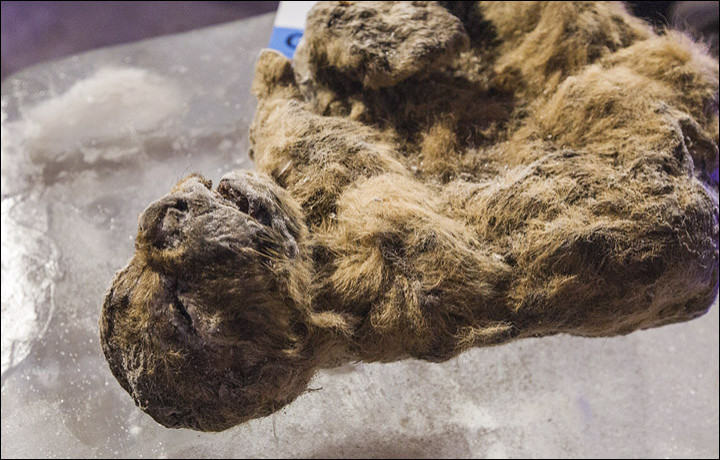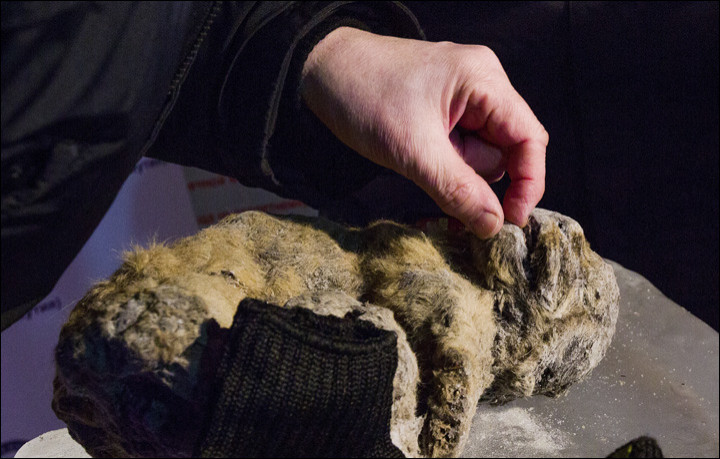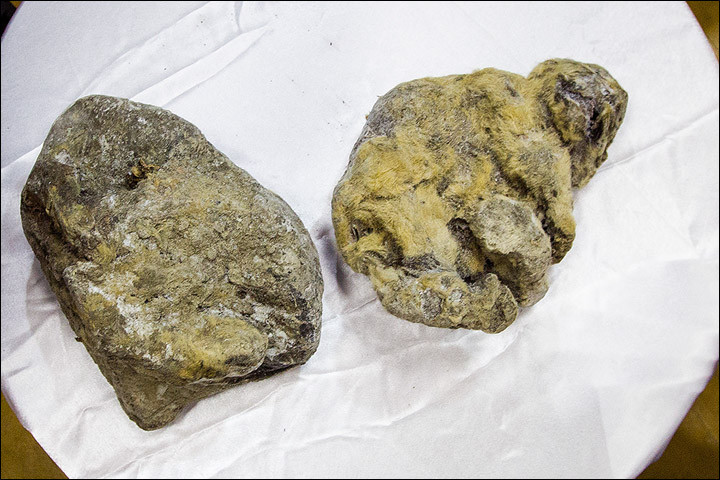Frozen cave lion cubs found in Siberia thought to be 25,000-years-old or more
The cubs' stomachs still contain traces of what the researchers say could be mother's milk.
The frozen remains of two cave lion cubs – discovered in 2015 on the banks of the Uyandina River in Siberia – are thought to be at least twice as old as the researchers' original estimation of 12,000 years.

The two cubs were found in the Edoma permafrost, which has been dated to between 25,000 and 55,000 years old. The researchers argue that this is a good indicator of the age of the cubs in a paper on the findings presented at the annual meeting of the Society of Vertebrate Paleontology.
"That means that the cubs were not younger than 25,000 years old," Albert Protopopov, a palaeologist at the Academy of Sciences of the Sakha Republic, Yakutia, told Siberian Times. "Previously the youngest date for the cubs was 12,000, the time when the cave lions become extinct."
"The specimens are fantastically well preserved. It's amazing to see such a great find," says Love Dalén, an evolutionary biologist at the Swedish Museum of Natural History in Stockholm.
An age of 12,000 years would have made the cubs some of the last cave lions ever found, he says, so an older estimate is not too surprising. If the cubs are indeed 25,000 years old, Dalén says that they could be of particular interest as this was during a bottleneck period of the cave lion population.

However, Dalén urges caution in basing an estimate for the cubs' age on the age of the permafrost in which they were found.
"That is not a very reliable estimate of the cave lion's age," he says. "It's interesting that they're found in sediment that appears to be that old, but I think it's imperative that these cubs are directly radio carbon dated to establish how old they are," Dalén says. "It is very often that animals are found in sediment of one age and turn out to have a very different age."

The cubs – which scientists have named Uyan and Dina – are thought to have died when their den collapsed when they were between one and two weeks old, Protopopov says.
CT scans of the cubs have shown an opaque fluid in its stomach, Protopopov says. "Now we are discussing between us: what is it – mother's milk or some other substance?" They now plan to do further CT scans on the cubs intestines to get more information, he says.

© Copyright IBTimes 2025. All rights reserved.





















